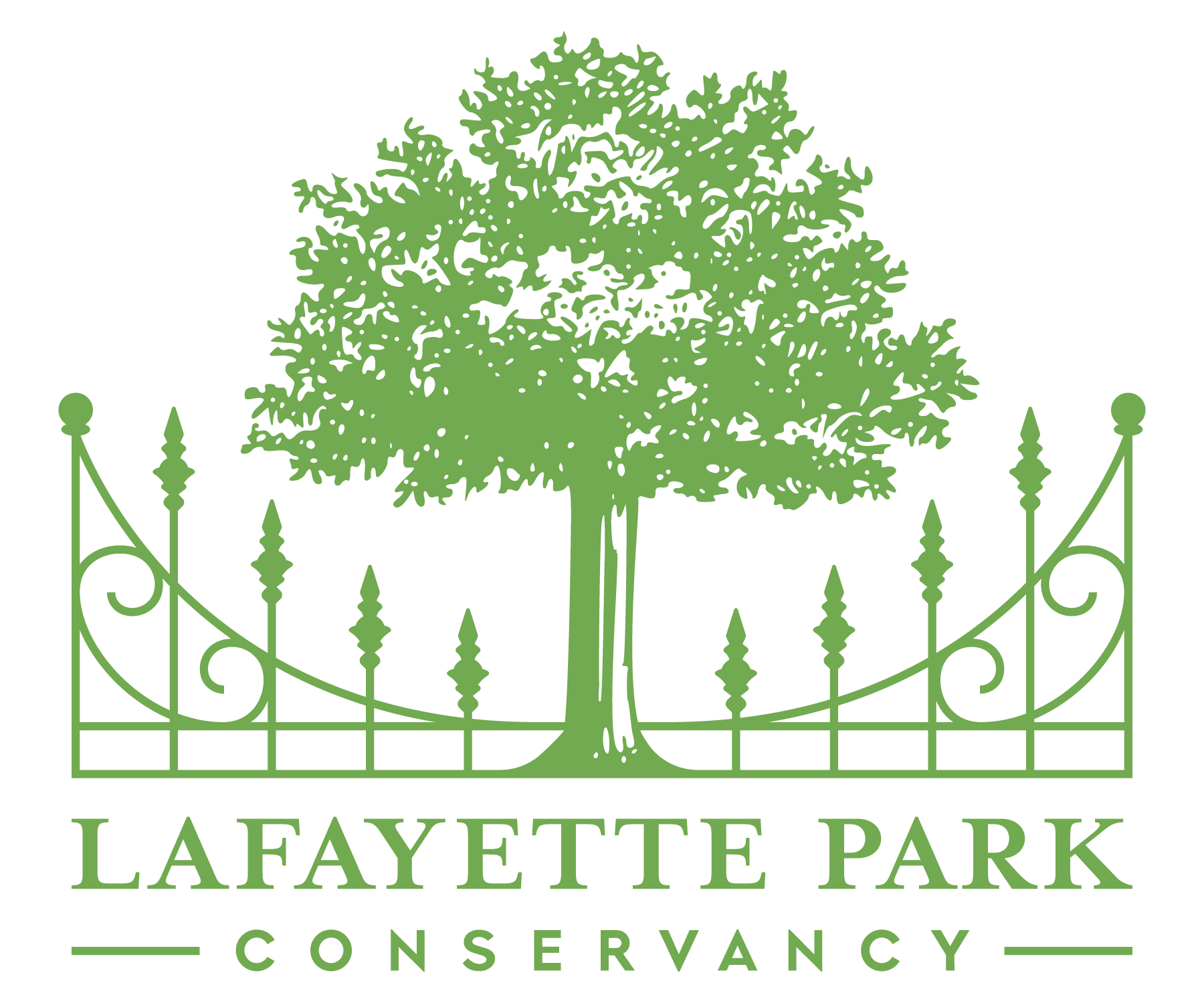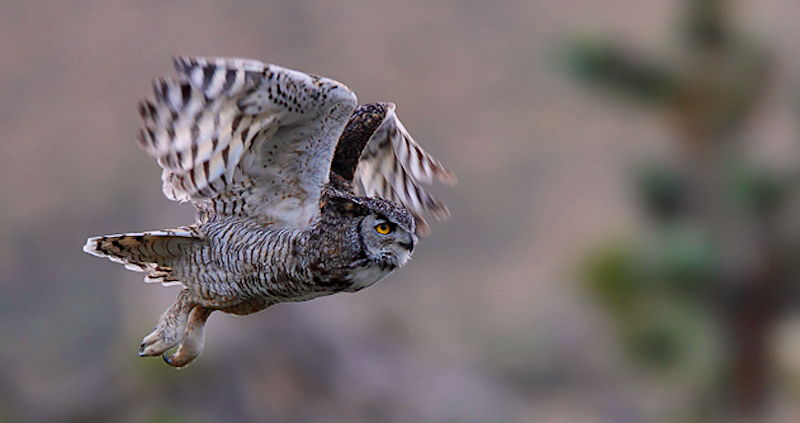BY KIERAN LINDSEY, PhD
The natural world outside my Midwestern door is preparing for a long winter nap. Cozy quilts made of homespun leaves keep tree feet from getting too cold. Seeds and insect eggs, the harvest of the previous growing season, have slipped into snug sweaters of soil or been tucked into bark bunk beds, where they’ll bide their time until the warmth of spring serves as their wake-up call. The days themselves grow sleepy a little earlier with each rotation of the planet, and start nodding off by by about 5:30p local time.
I love the drowsy hush of twilight in any season, but especially in late autumn and early winter, when dried foliage add a crunchy texture to my steps, and crisp temperatures provides a little extra motivation for a brisk pace. I try to schedule the last walk before nightfall with my terrier-boy accordingly, timing our excursion for that magic hour when the street lights begin to hum and most of my neighbors are sitting down to dinner… or maybe running out to the market for a missing ingredient.

Recently, on one of these unhurried evening ambles through our historic neighborhood park, I happened to spy from the corner of my eye a feathered specter gliding noiselessly a few feet above the grassy clearing to my left. Following the flight path with my gaze, I realized the apparition was a Great Horned Owl (Bubo virginianus) on the prowl for some take-out.
This handsome representative of North America’s largest owl species (18—25 in or 46—63 cm tall and weighing 2— 5.5 lbs or 910—2500 g) swooped gracefully from ground level up to a low branch, where it proceeded to rearrange the plumage that makes silent flight possible.

While most birds’ primaries — flight feathers along the outer edge of a bird’s wing — have a honed edge that cuts through the air with each up and down stroke, creating an audible sound, an owl’s primary feathers look as if a hairstylist has textured the edge with a razor, and the irregular edge doesn’t deliver a decisive slice. As such, when GHOs and their brethren fly, and especially under cover of darkness, their movements are imperceptible to bystanders and prey alike. Unless you happen to be looking in the right direction, of course.

GHOs pair up in December and January — they’re among the earliest of birds when it comes to seasonal couplings — so if the individual I noticed was a guy he might have been trying to seal a courtship deal by bringing his gal a prenuptial meal. Breakfast, not supper, though, because their “day” was just getting started. These owls aren’t fussy eaters so pretty much anything he brings home will do. GHOs consume mammals, birds, snakes and lizards, fish, insects and other invertebrates, ranging in size from scorpions to skunks, mice to marmots, bats to house cats.
Their go-to hunting technique consists of sitting quietly in a tree or other elevated perch, watching and waiting for a potential meal to mosey along, then dropping down without a sound for the pickup. If their target spots the descending threat in time to sprint away the GHO will pursue by air, and the mark will have a difficult time knowing which way to zig or zag because of the lack of auditory cues from those whisper-edged feathers.

The sight of this hunter has me hopeful the park will soon be home to a new family of GHOs, a sentiment I doubt is shared by the squirrels, cottontails, opossums, and webbed-footed residents. It’s not that I harbor ill will towards any of the wildlife who call this urban oasis home. It’s just that great horned owlets are cute all get-out, a cross between a cotton ball and a giant dust bunny with enormous dandelion yellow eyes under an incongruous scowling brow. Who could resist such a winning combo of fierce and fluffy?

Even thought GHO flight is hushed as a heavy snowfall they’re not mute. Far from it! Territories are claimed and held with a deep, stuttering hoo-h’HOO-hoo-hoo, and during the breeding season a matched set will croon a call-and-response duet of bass and alto. Other vocalizations include whistles, wavers, coos, bill snaps, hisses, shrieks, and screams. It’s quite an impressive repertoire considering that GHOs usually try to avoid the spotlight.
But don’t get your heart set on a holiday concert… the only carol they know is Silent Night.


